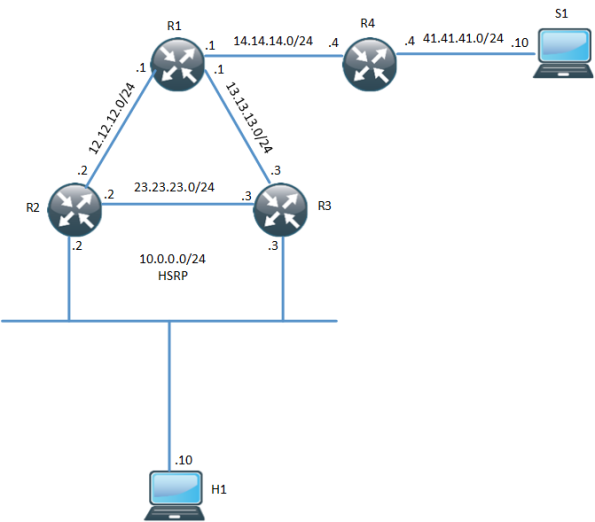Huawei faces outcry over telecom towers in Zambia
China’s Huawei Technologies is facing a growing backlash in Zambia, following revelations that the company is erecting telecom towers that do not adhere to technical specifications.Lawmakers and consumer rights groups have urged the Zambian government to withhold payments to the company until it brings the towers up to the required standard.The Zambian Information and Communication Technology Authority (ZICTA), awarded Huawei a contract to construct 169 telecom towers in rural areas of the country, at a cost of over $13.5 million. It has been established, however, that the coverage of the towers extends to a radius of 1.65 km (one mile) as opposed to the 5 km specification in the contract.To read this article in full or to leave a comment, please click here

